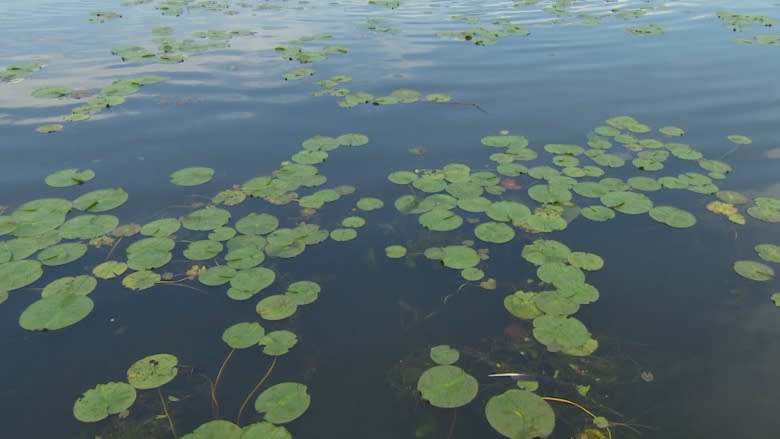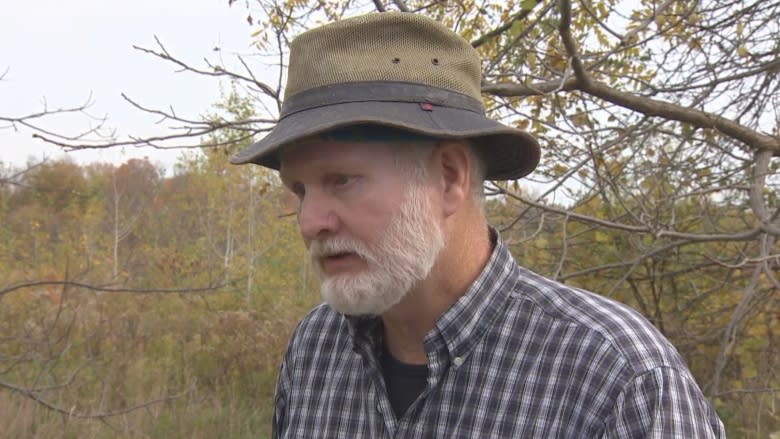Ontario hands over last piece of land for Rouge National Urban Park, but skeptics remain
More than three decades of work by environmentalists, activists and local politicians culminated Saturday with a major transfer of provincial land to complete the nearly 80-square kilometre Rouge National Urban Park in east Toronto.
All in all, Ontario officially handed over its interests in 22.8-square kilometres of land to Parks Canada, which oversees all national parks in the country. The move brings the total area of North America's largest urban park to 79.1-square kilometres.
It makes Rouge National Urban Park (RNUP) 22 times the size of Central Park in New York City, or about 50 times bigger than High Park — within an hour's drive for nearly seven million people.
The transfer concluded a lengthy, serpentine process that involved co-ordination between every level of government, multiple jurisdictions and many private interests.
"Today is the biggest milestone yet in the creation of North America's largest and really first ever national urban park," said Jane Philpott, federal minister of Indigenous services and MP for Markham-Stoufville. Philpott was on hand at a news conference Saturday in place of Catherine McKenna, the federal environment minister.
Nestled on the eastern edge of the city, the land that now makes up RNUP has been occupied for at least 10,000 years and is contained with the traditional territory of multiple First Nations. The wider Rouge River watershed is home to 1,700 species of animals and plants, more than 20 are classified as species at risk.
Saturday's announcement means that Parks Canada manages about 80 per cent, or 62.9-square kilometres, of the entire park. The remaining 20 per cent is expected to be in the department's control in the coming months. A bill passed earlier this year mandated that ecological integrity be Parks Canada's guiding management principle for the land.
30-year private leases
While the transfer was lauded by many of the players involved, some activists harbour concerns about the federal government's decision to allow private leases of up to 30 years for some of the parkland. Those leases are primarily intended for farmers already cultivating land now subsumed within the park.
"The question is, will private leases trump public interests on those national park lands?" said Jim Robb, volunteer general manager of the Friends of the Rouge Watershed.
Robb points out the decision to allow for private leases came before a finalization of the RNUP's management plan. The province and Environment and Climate Change Canada already have evidence-based conservation plans for the area, established through field research and consultation.
Robb told CBC Toronto his organization worries that stakeholders with private leases could undermine the broader conservation goals already in place for the region.
"We're afraid that in this park, if they give private leases for too much of the park before there is a management plan in place, that the existing plans to combat climate change and improve biodiversity just won't happen," he said.
'It's going to be messy'
Other conservation groups said that, while much of the park is in need of environmental remediation, the presence of the farmers — who mainly grow corn for cattle feed and soya beans — will be integrated into the identity of the park itself.
Anna Baggio, director of conservation planning for the Wildlands League, told CBC Toronto there's hope the park will have a demonstration farm for the public to help people understand where agriculture fits into environmental management.
And the fact the park came together at all is nearly miraculous.
"We're building a national park in the middle of an urban area, and it's going to be messy. It's had decades and decades of occupation," she said.
"But this is what it means to do conservation in a messy urban environment."




